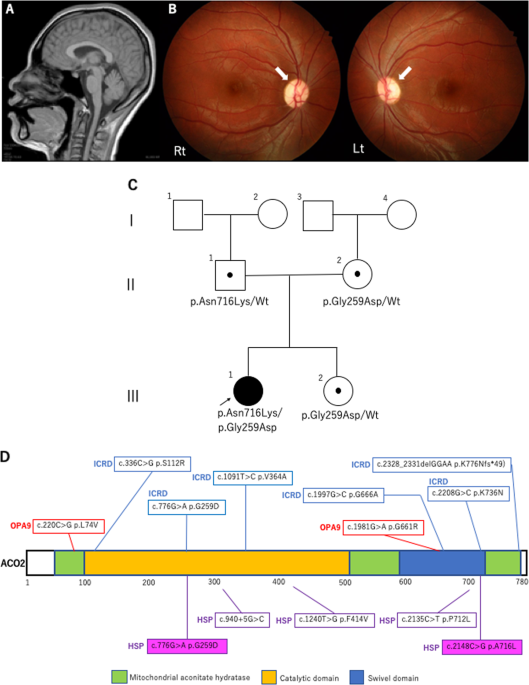- Select a language for the TTS:
- UK English Female
- UK English Male
- US English Female
- US English Male
- Australian Female
- Australian Male
- Language selected: (auto detect) - EN
Play all audios:
ABSTRACT A decline in the approval of new molecular entities — particularly truly innovative ones — has coincided with an increasing emphasis on translational medicine by funders of the
academic sector. How might the full potential of academic medical centres be realized? MAIN By 2012, the US National Institutes of Health plans to invest ∼US$500 million in Clinical and
Translational Science Awards (CTSAs) in ∼60 academic medical centres (AMCs). Among the objectives of the CTSAs, which have so far been awarded to 39 AMCs, has been the enhancement of
infrastructure to facilitate the translation of scientific discovery into clinical benefit. A review of the obstacles that retard the initiation of clinical research in AMCs has been an
intrinsic part of this effort. Much of the initial focus is on how efficient AMCs are in comparison with community physicians in the United States regarding the initiation of and recruitment
for multicentre, industry-sponsored Phase III trials. The general picture is depressing. Compared with community-based physician practices and contract research organizations (CROs), AMCs
are slow to approve such studies, initiate recruitment and meet recruitment goals. Indeed, many studies that are initiated in AMCs fail to recruit a single patient. So, why do AMCs perform
so poorly in this respect and what can be done about it? Apart from deficiencies in the process — delays in ethical and scientific review and in formulating contracts — that could be
overcome by prioritizing investment in time, people and money, there is a basic misalignment of incentives for this type of research within most AMCs1. Although considerable expertise in the
design, organization and conduct of industry-sponsored Phase III trials resides in a minority of AMCs, elsewhere such studies, with a preset protocol, have limited relevance to promotion to
tenure and usually involve faculty members whose main responsibility is the provision of clinical care. Furthermore, the financial incentive of efficiency — directly relevant to CROs and
community physicians — is not a key factor in an AMC, as clinical faculty are salaried employees. A metric commonly used by sponsors of such trials is the cost per patient completing the
trial. It is difficult for AMCs, with their broad and diverse missions, to compete with CROs, for which the core business is such trials, let alone with foreign sites that have low cost
structures. So, should substantial effort be invested in building capacity in AMCs to perform this type of clinical research? Perhaps. There is, however, a more valuable alternative, related
to the growing recognition that the traditional approach to drug development, dominated by large, fully integrated pharmaceutical companies, is unsustainable2,3. Industry has traditionally
focused on the rapid transition from initial evidence of tolerability in humans to the selection of dose and initiation of Phase III trials. The paucity of experts in translational
therapeutics, coupled with pressure from marketing departments, has led to a tendency to accelerate drug development past Phase II trials with an incomplete understanding of drug action. The
legacy of this strategy is a decrease in the number of approved novel drugs and unanticipated adverse events post-approval. A shift towards a more flexible and modular approach that engages
both industry and academia therefore seems likely. As this occurs, attempts to personalize medicine will move emphasis on to Phase II trials. Here, the detailed elucidation of mechanisms of
drug action and the factors that determine variability of drug response in humans will require complex phenotyping approaches that are beyond the capability of typical community physicians
or CROs. Such studies have the capacity for a high academic content, relevant both to publication and the promotion of faculty members involved. In this case, the incentives are aligned to
engage tenure-track faculty in the timely pursuit of clinical research. Most leading AMCs might usefully build 'human capital' in translational therapeutics and aim to facilitate
single-site, highly complex studies of drug action in relatively small numbers of people. In time, as a consortium of such centres is established, these complex studies could be expanded.
Achieving this goal requires novel educational initiatives, the branding and support of this emerging discipline, expansion of infrastructure in informatics and appropriate research
facilities. Such a qualitative shift in the type of clinical research would align strategy with the capabilities that are unique to AMCs and could prove the key to realizing their potential.
REFERENCES * von Herrath, M. & Chan, A. _J. Clin. Invest._ 119, 1061–1065 (2009). Article CAS PubMed PubMed Central Google Scholar * FitzGerald, G. A. _Science_ 320, 1563 (2008).
Article PubMed Google Scholar * Dixon, J., Lawton, G. & Machin, P. _Nature Rev. Drug Discov._ 8, 435 (2009) Article CAS Google Scholar Download references AUTHOR INFORMATION
AUTHORS AND AFFILIATIONS * Garret A. FitzGerald is Chair of Pharmacology at the University of Pennsylvania, Philadelphia, USA, where he directs the . He is Co-Chair of the CTSA Consortium
Steering Committee, but the opinions expressed here are his own., Garret A. FitzGerald Authors * Garret A. FitzGerald View author publications You can also search for this author inPubMed
Google Scholar CORRESPONDING AUTHOR Correspondence to Garret A. FitzGerald. RIGHTS AND PERMISSIONS Reprints and permissions ABOUT THIS ARTICLE CITE THIS ARTICLE FitzGerald, G. Moving
clinical research in academic medical centres up the value chain. _Nat Rev Drug Discov_ 8, 597 (2009). https://doi.org/10.1038/nrd2954 Download citation * Issue Date: August 2009 * DOI:
https://doi.org/10.1038/nrd2954 SHARE THIS ARTICLE Anyone you share the following link with will be able to read this content: Get shareable link Sorry, a shareable link is not currently
available for this article. Copy to clipboard Provided by the Springer Nature SharedIt content-sharing initiative







